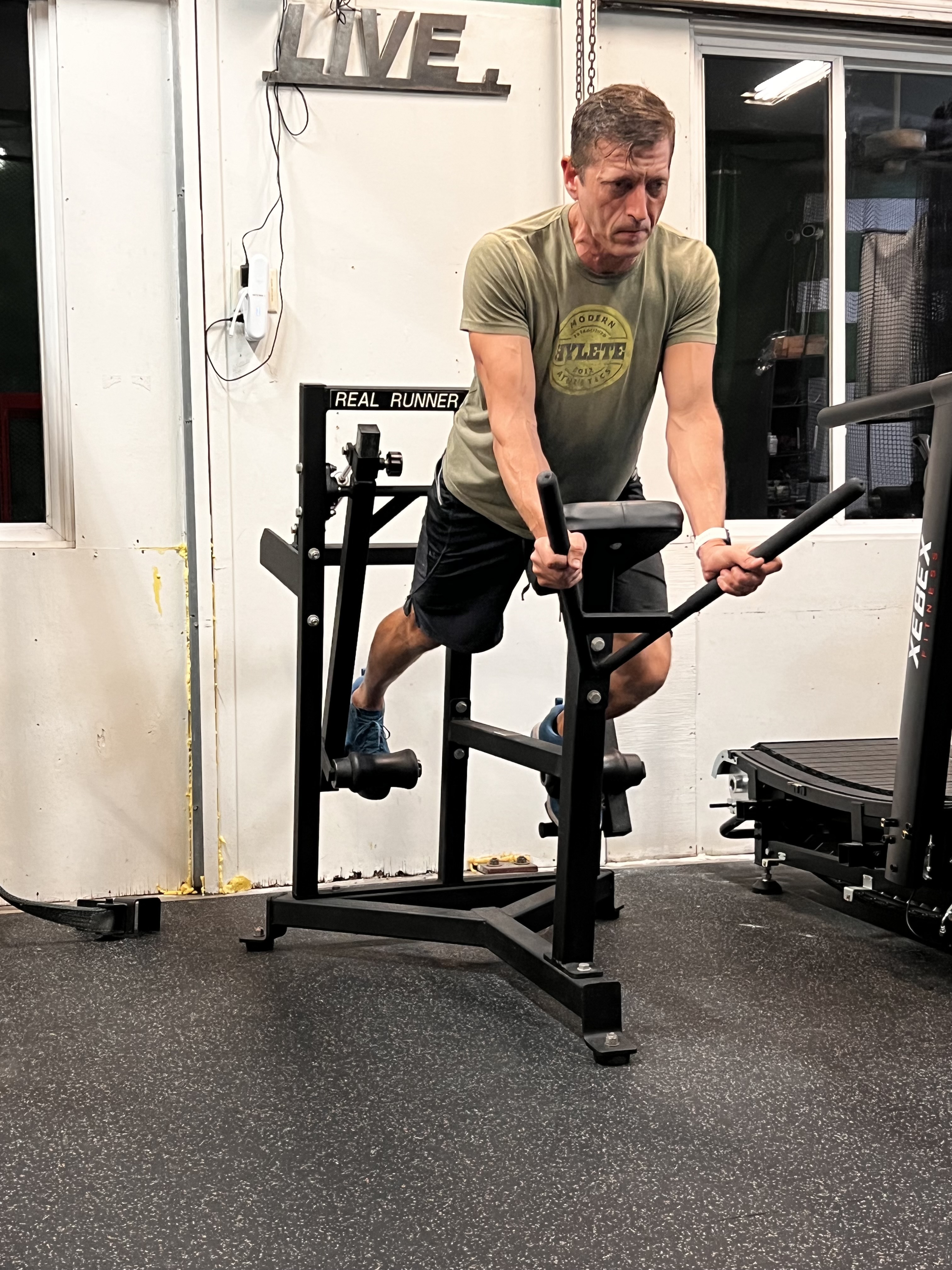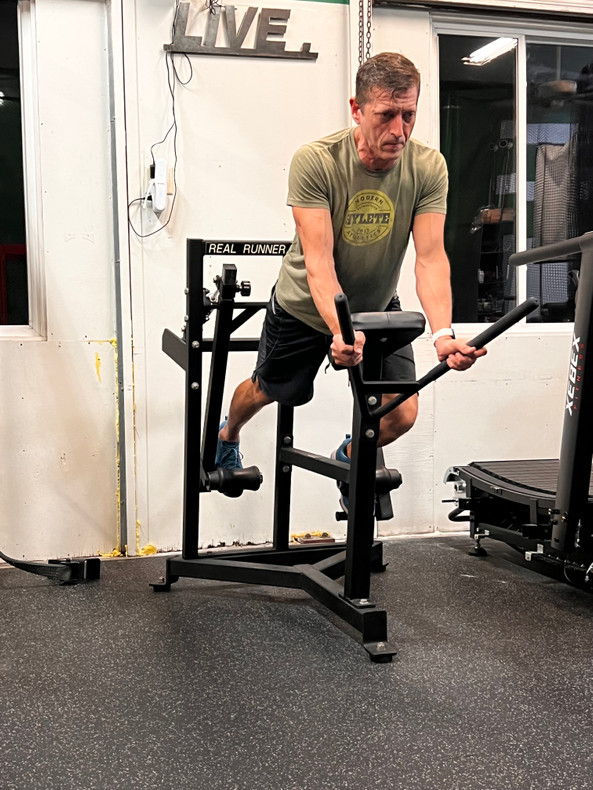When it comes to athletic performance, the concept of "strength" often plays a central role. However, there's more to the story than conventional measures of strength can convey. In the field of sports performance, it is not just about "how strong" but "how" that strength is applied, which brings us to a crucial element - isokinetic resistance.

The Power of Isokinetic Resistance
The term isokinetic resistance refers to exercise in which a muscle group's speed of contraction remains constant, regardless of the force exerted. This type of resistance training provides an optimal environment for building strength, speed, and power across an athlete's entire range of motion.
Bill Parisi, a renowned sports performance coach and founder of the Parisi Speed School, has been a strong proponent of isokinetic resistance training for athletes. He posits that isokinetic training offers athletes a more precise way to target specific muscle groups and hone their body's abilities, making it a valuable tool for athletic performance improvement.
One of the key advantages of isokinetic resistance, as highlighted by Parisi, is the ability to stimulate muscle growth and development at specific contraction speeds. This is especially beneficial for athletes who need to develop power and strength at a certain speed to excel in their sport. For example, a sprinter can train their muscles to contract at the speed required to achieve their optimal stride frequency.
Isokinetic resistance also allows for a safer workout environment. Since the machine or device automatically adjusts to the amount of force the athlete applies, there's less risk of injury from overexertion. Parisi often emphasizes this aspect when he talks about the benefits of this training modality.
The Importance of Speed Training for Older Adults
While it's clear that isokinetic resistance is an effective tool for enhancing athletic performance, its benefits are not just limited to professional athletes. Speed training, including isokinetic resistance exercises, can be of immense value for older adults.
Speed training is often overlooked in exercise programs for older adults, with more focus generally being on flexibility and strength. However, research has shown that maintaining and even improving speed can be essential for this age group. It enhances their functional fitness, improves their reaction times, and reduces the risk of falls and injuries, thereby improving their overall quality of life.
Parisi, in his extensive work with athletes and general populations alike, has seen firsthand how speed training can revitalize older adults. He notes that, in addition to the physical benefits, this type of training can also improve cognitive function and mental health, boosting confidence and self-esteem.
Including isokinetic resistance in an older adult's training regime can provide a safe and effective means of speed training. The constant speed of contraction allows them to build strength without fear of injury, and the ability to set the speed at an appropriate level means they can progress at a pace that suits their current level of fitness.
In conclusion, the importance of isokinetic resistance and speed training, for both athletes and older adults, cannot be overstated. As we strive to optimize athletic performance or improve our health and fitness as we age, these training modalities should be integral parts of our exercise regimes. As Parisi rightly points out, it's not just about being strong, but it's about being functionally fit and fast for life.

